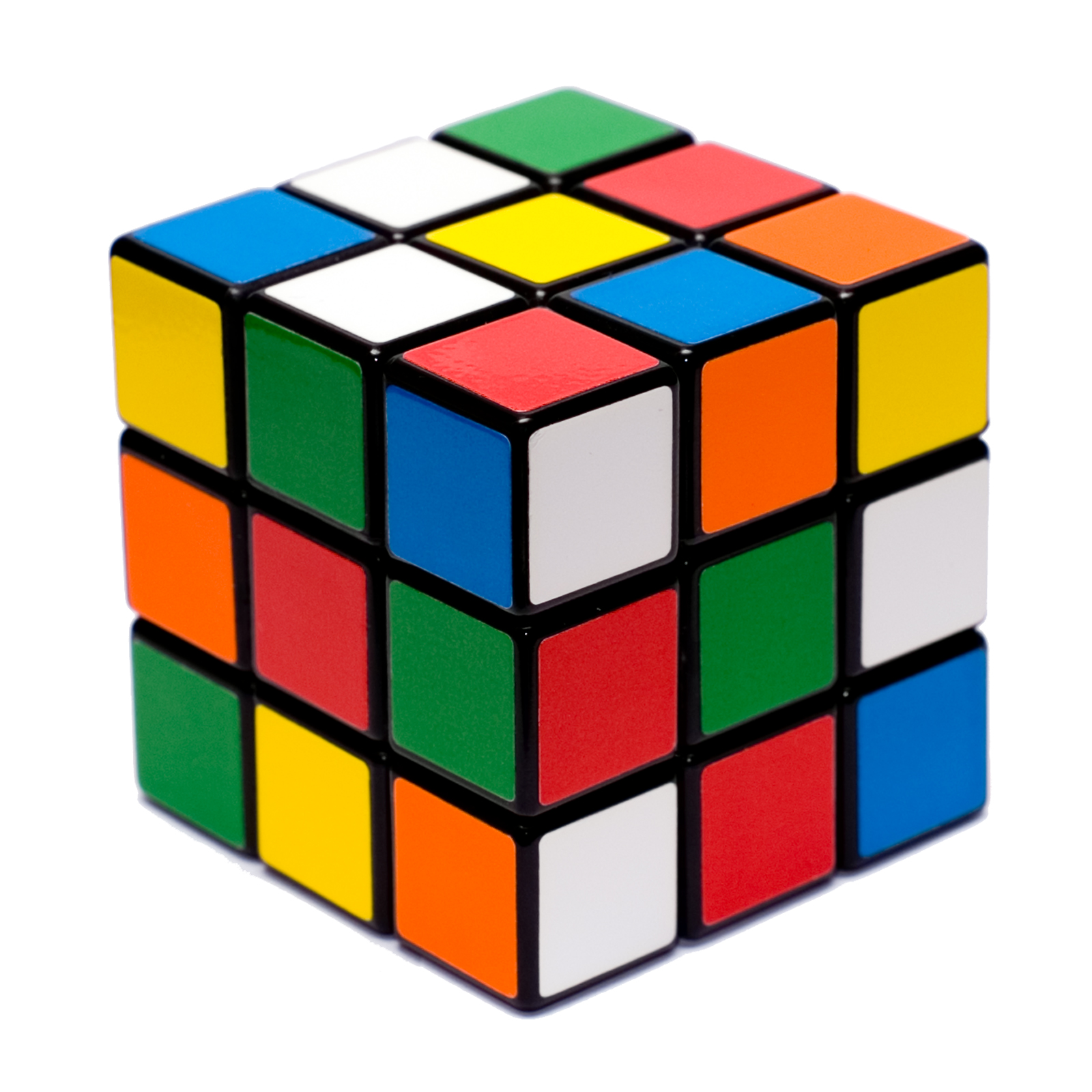The Rubik's Cube: A Timeless Puzzle That Continues to Captivate
The Rubik's Cube is an iconic 3D combination puzzle invented in 1974 by Hungarian professor and architect Ernő Rubik. Originally designed as a tool for teaching three-dimensional geometry, the cube quickly gained worldwide fame, captivating people of all ages with its unique design and seemingly endless array of possible configurations. We explore the history of the Rubik's Cube, its global popularity, and the many ways in which it continues to be a useful tool for learning, problem-solving, and creativity.

History of the Rubik's Cube
Ernő Rubik conceived the cube as a teaching aid for his students while he was a professor of architecture at the Budapest College of Applied Arts. The initial prototype was made out of wood and featured a simple yet ingenious design – a core with six rotating faces, each face divided into a 3x3 grid of smaller cubes or "cubies." When mixed up, the goal is to restore the cube to its original configuration, with each face displaying a solid color.
Initially named the "Magic Cube," it was rebranded as the "Rubik's Cube" when it was licensed to the Ideal Toy Corp in 1980. The Rubik's Cube became an instant global sensation, and by the end of the 1980s, it was estimated that one in seven people worldwide owned one. To date, over 350 million Rubik's Cubes have been sold, making it one of the best-selling toys of all time.
The Rubik's Cube as a Learning Tool
The Rubik's Cube has proved to be an exceptional learning tool, with applications in mathematics, spatial awareness, and problem-solving. When attempting to solve the cube, individuals must develop a logical, step-by-step approach and adapt to new information as the puzzle's configuration changes. This process enhances critical thinking skills, pattern recognition, and perseverance, all of which are valuable assets in various aspects of life.
Moreover, the Rubik's Cube has also found applications in mathematics education, particularly in group theory and permutation theory. Solving the cube requires understanding and manipulating complex algorithms, which can be mapped onto mathematical concepts, providing students with a tangible and engaging way to explore these ideas.
Popularity and the Global Cube Community
The Rubik's Cube transcends language, age, and cultural barriers, making it a popular pastime for millions of people around the world. Enthusiasts often participate in competitions, known as "speedcubing" events, where individuals race against the clock to solve the cube as quickly as possible. The World Cube Association (WCA) is the governing body for these events and has hosted numerous international competitions since its inception in 2004.
Additionally, the global cube community is incredibly diverse, with online forums, clubs, and groups dedicated to sharing tips, strategies, and personal experiences with the puzzle. The popularity of the Rubik's Cube has also spawned a wide variety of variants, including cubes with different numbers of cubies per face and more complex, irregular shapes.
Art, Design, and the Rubik's Cube
The Rubik's Cube has also inspired various forms of artistic expression. Many artists use the cube as a medium, creating intricate mosaics and sculptures by arranging multiple cubes to form images or patterns. This form of art, known as "cubism," highlights the versatility of the cube as a creative outlet.
The Rubik's Cube has also been the subject of numerous design collaborations, with limited edition cubes featuring the work of famous artists, designers, and brands. These collaborations have elevated the cube from a simple puzzle to a sought-after collector's item and conversation piece, further solidifying its status as a cultural icon.
Educational Applications and Impact on the Disabled Community
Educators worldwide have recognized the Rubik's Cube's potential for improving cognitive skills, and it has been incorporated into various educational curricula. Teachers use the cube to develop students' motor skills, concentration, and memory, as well as to introduce fundamental mathematical concepts.
The Rubik's Cube has also positively impacted the disabled community. Specialized versions of the cube, such as Braille cubes for the visually impaired and larger cubes with more accessible turning mechanisms for those with motor impairments, have been developed to make the puzzle more inclusive. These adaptations have enabled individuals with disabilities to engage with the cube, promoting cognitive development and fostering a sense of accomplishment.
The Rubik's Cube in Popular Culture
The Rubik's Cube has had a significant influence on popular culture, making appearances in various movies, television shows, and music videos. It has been referenced in literature and has even inspired fashion trends, with clothing and accessories featuring the iconic cube design. The cube's ubiquity in popular culture serves as a testament to its enduring appeal and its ability to captivate the imagination of people worldwide.
The Rubik's Cube is far more than a mere toy; it is a symbol of ingenuity, creativity, and perseverance. Since its inception in 1974, the cube has evolved into a global phenomenon, touching the lives of millions through its applications in education, art, and popular culture. Its popularity endures because it represents a universal challenge that transcends boundaries and invites individuals to push the limits of their mental prowess. As the Rubik's Cube continues to captivate minds and inspire innovation, its legacy as a timeless puzzle will undoubtedly live on.